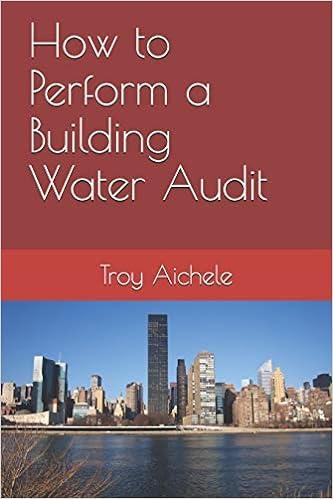Question
Sixteen male well-trained middle and long distance runners performed a 3 km time trial and a number of running tests in the laboratory where their
Sixteen male well-trained middle and long distance runners performed a 3 km time trial and a number of running tests in the laboratory where their VO2Max (i.e. the maximum or optimum rate at which the heart, lungs, and muscles can effectively use oxygen during exercise) was measured as a way of measuring their individual aerobic capacity. All the laboratory testing took place on a motorised treadmill while distance running performance was determined by 3 km time trials on an indoor 200m track. The aim of the study was to investigate whether there is sufficient evidence of a dependency of 3 km running time on VO2Max in the population of male runners of interest in order to use their aerobic capacity to predict their 3km running time. A scatterplot (with lowess smoother and line of best fit) is provided, as is output from a regression analysis carried out on these data.
a) What are the slope and intercept of the least-squares line?
b) What is the observed correlation between VO2Max and 3km finishing time?
c) Based on the p-values presented, explain why there is evidence that VO2Max is a significant predictor of 3km finishing?
d) Provide an interpretation of the R-sq statistic in terms of how useful is VO2Max as a predictor of 3km finishing time.
e) Provide an interpretation of the residual standard error (highlighted in bold) in terms of using this model to predict 3km finishing time.
f) A particular athlete recorded a VO2Max of 20 in the lab prior to a 3km event. Use the output below to provide a range of predicted values for his likely finishing time.
g) What are the assumptions underlying the model presented and do they look justified based on the residual plots provided?




Step by Step Solution
There are 3 Steps involved in it
Step: 1

Get Instant Access to Expert-Tailored Solutions
See step-by-step solutions with expert insights and AI powered tools for academic success
Step: 2

Step: 3

Ace Your Homework with AI
Get the answers you need in no time with our AI-driven, step-by-step assistance
Get Started


